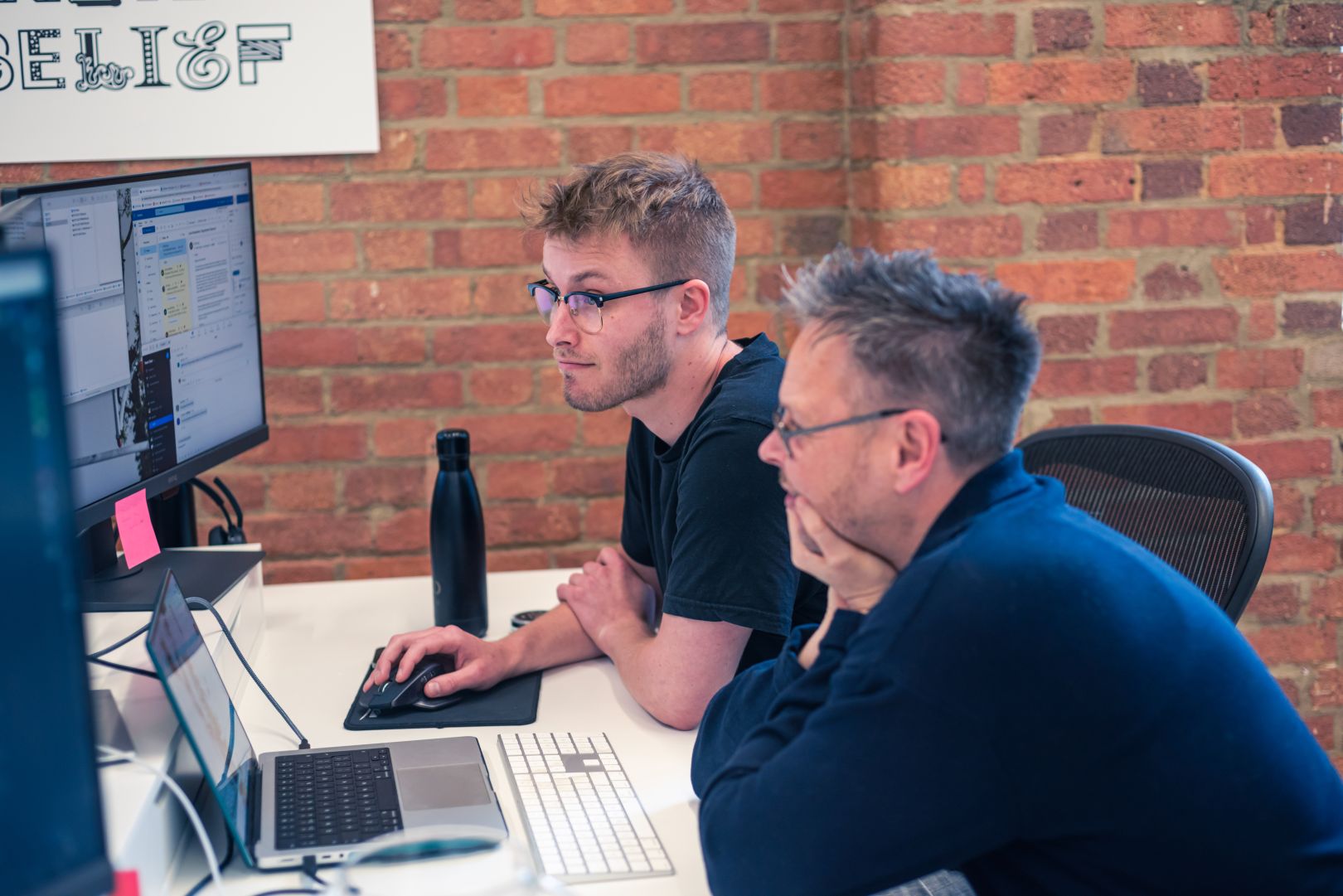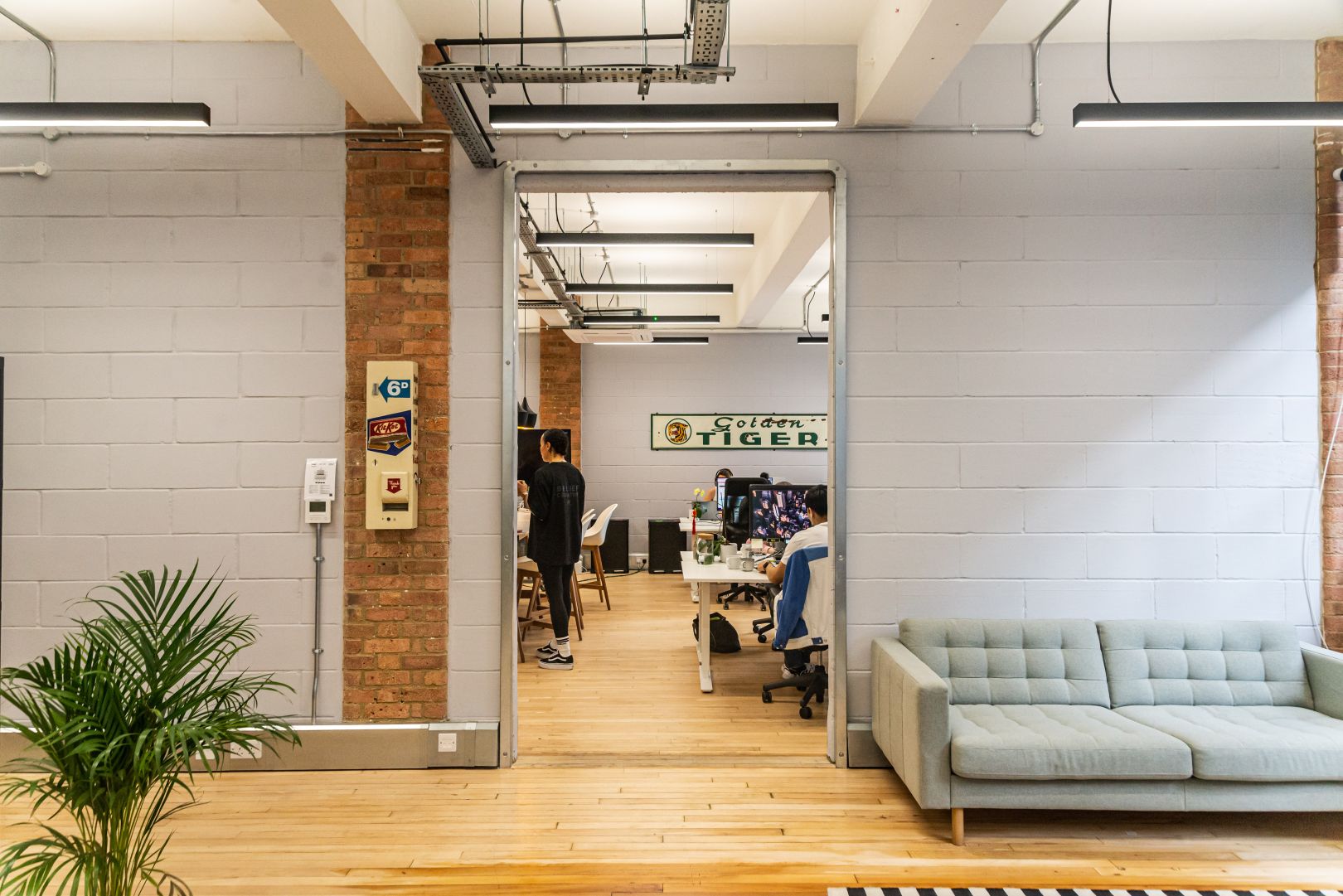Expert Tips to Build Resilience and Help You Survive the Design Industry
Finding design work hard going? We share pro tips from industry experts on surviving this fast-paced profession, from setting boundaries to embracing setbacks and nurturing your passion.
The design industry is a fantastic place to work, but it's not for the faint-hearted. A fast-paced, demanding and ever-evolving world, it requires resilience, adaptability and a passion for the craft.
This can make for a thrilling career and a rewarding life. But you need to strike the right balance. It's all too easy to be sucked into a vortex of demanding deadlines, challenging clients, extra hours and rising stress.
That can lead to burnout, which may happen gradually or – worse still – come as a bolt from the blue right when you feel on top of your game. In that light, taking care of your mental and physical well-being isn't just useful; it's vital if you're to survive in the design industry over the long term and carve out a successful and fulfilling career.
To get the best insights, we turned to award-winning brand design and innovation agency JDO. In this article, they share seven key pieces of advice based on their professional experience. Follow these tips, and you'll be much better placed to deal with stress, overcome obstacles and carve out a successful career in this dynamic field.
1. Find a way to reset
Everything's going well. You feel like you're winning at design and winning at life. When you dive into projects, you're in the zone, and everything seems to flow.
In this situation, your instincts may be to work as hard as possible, keep checking and answering those emails late into the night, and maybe pull in some extra hours at weekends too. The prospect of a holiday fades into the background. Why stop when things are going so well?
As JDO's business growth director Steph Dove notes, this can be a dangerous path to go down because, ultimately, there's no end to it. "Agency world comes part in parcel with never really shutting off," she explains. "There's always something else to do, and it can easily get on top of you. Don't get me wrong, I love working in this industry, but for me, there was always a point where I knew it had got too much, and I needed to reset."
The starting point for that, he says, is looking at the big picture. "Remind yourself that you are not undertaking lifesaving surgery," she explains. "Gaining perspective in your job and not letting it get too much is the most important lesson I learned."

2. Draw boundaries
Once you've established that you're overstretching yourself, what next? "Bring in your own boundaries and non-negotiables, prioritising what is needed that day," Steph advises. "Think about smarter diary management – do I need to attend all these meetings? Can this project be covered in one meeting and not three?"
For her personally, it's about carving out her time. "That might be a full hour lunch break, clocking off on time to make my yoga class, taking 30 minutes between meetings to get some fresh air, or walking the dogs if I'm at home."
Importantly, she doesn't see this time as wasted. "It allows me to process conversations, think about upcoming meetings and figure out how to deal with difficult situations," Steph points out. "Rather than flying from one Zoom meeting to the next and carrying all the baggage with me."
3. Focus on three simple things
Organising your time is often about making to-do lists. But if that to-do list is too long, this can be an unhealthy source of stress, as Ed Silk, JDO's global head of strategy. "The pace of work is never going to abate," he points out. "And your to-do list will never get completed; if anything, it will only increase. Then, when things pile up, that can be stressful." In this case, some judicious pruning may be in order.
That's why Ed often applies the 'Three To-Do's' to help with his daily resilience. "It works by writing down what you intend to achieve at the beginning of each day," he explains. "Just three simple things. Finish a presentation, write that pressing email, and call a client back. Whatever is put on the list must be realistic."
In short, only being honest with yourself will set you up for success. "That way, at the end of the day, when you shut down your laptop, you can feel good about what you have achieved instead of berating yourself for what you haven't."

4. Set non-negotiables
Another aspect of Ed's approach is setting out non-negotiables. You define these parameters to reach a sense of balance between work and your personal life.
"One non-negotiable might be a regular weekly gym class, meaning you always leave work at a set time on those days," he suggests. "Another could be turning off your work emails between 8pm and 8am so that it doesn't encroach into your downtime or taking a lunch break away from your desk."
In this way, we start to control our work rather than our work controlling us. As Ed points out: "Too often we forget that we have ultimate control over what we do and do not need to be slaves to our phones, email or unrealistic demands. Non-negotiables empower you to assert more control and set clear boundaries of what you value most."
5. Learn to deal with rejection
Having our work rejected is one of the most stressful and emotionally draining aspects of being a designer. Unfortunately, it's also a common occurrence. So it's important to find strategies to deal with it, lest it eats away at you over time.
"As a creative, you should never take rejection personally," says Fiona Florence, global managing director at JDO. Of course, that's easier said than done. But it is possible as long as you become self-aware instead of self-critical.
"Ask yourself: what would you have done differently or better?" she explains. "Get as much intel as possible to better understand and reframe this setback. Once you've got your calmer head around it, try to learn how to bounce back from it or see setbacks as opportunities to learn and adapt.
"One mentor once told me everyone gets better with every new experience they experience. We all know better for next time, and we all learn and grow. So we must keep our minds open for change and embrace it: it's empowering and builds resilience. With a more 'glass half full' perspective, it's possible to reframe setbacks and see them as opportunities for growth."
6. See difficult times as a blessing
Building on that positive perspective, it's worth noting that resilience derives from the Latin word, Resilire, meaning to bounce or spring back into the original shape. Today, it's a common term used in management speak for a person's ability to deal with change without getting bent out of shape. As Fiona reminds us, "Resilience is not about protecting yourself, shielding yourself from harm or avoiding bad events but instead it's about facing up to new experiences and embracing them.
"Falling down, dusting yourself off and trying again by adapting from them, with a different and often better approach – which of course improves you, and ultimately makes you stronger in the end."
7. Find your vocation
Follow all the advice above, and you should survive – and ultimately thrive in – the design industry. But if you're still struggling and things aren't getting any better, it ultimately might be a sign that you need to shift to a different area of creativity or maybe leave the creative industry altogether.
"This job has always been a vocation," says Ray Smith, creative director at JDO. "If you live and love it, you'll always find a way. If not, then I'm not sure you are in the right industry."
So how can you tell if design is your vocation? Quite simply, rather than feeling like a chore, most of the time, it's a pleasure. As Ray puts it: "Time disappears when working; you're always engaged when in the design mindset. If that's the case for you, trust your instincts, look for good insights from others you trust, and realise your solutions. The ones that will succeed will find their own answers on how they work, which comes from a love for what they do."

Written by: Tom May
Article source: creativeboom.com

